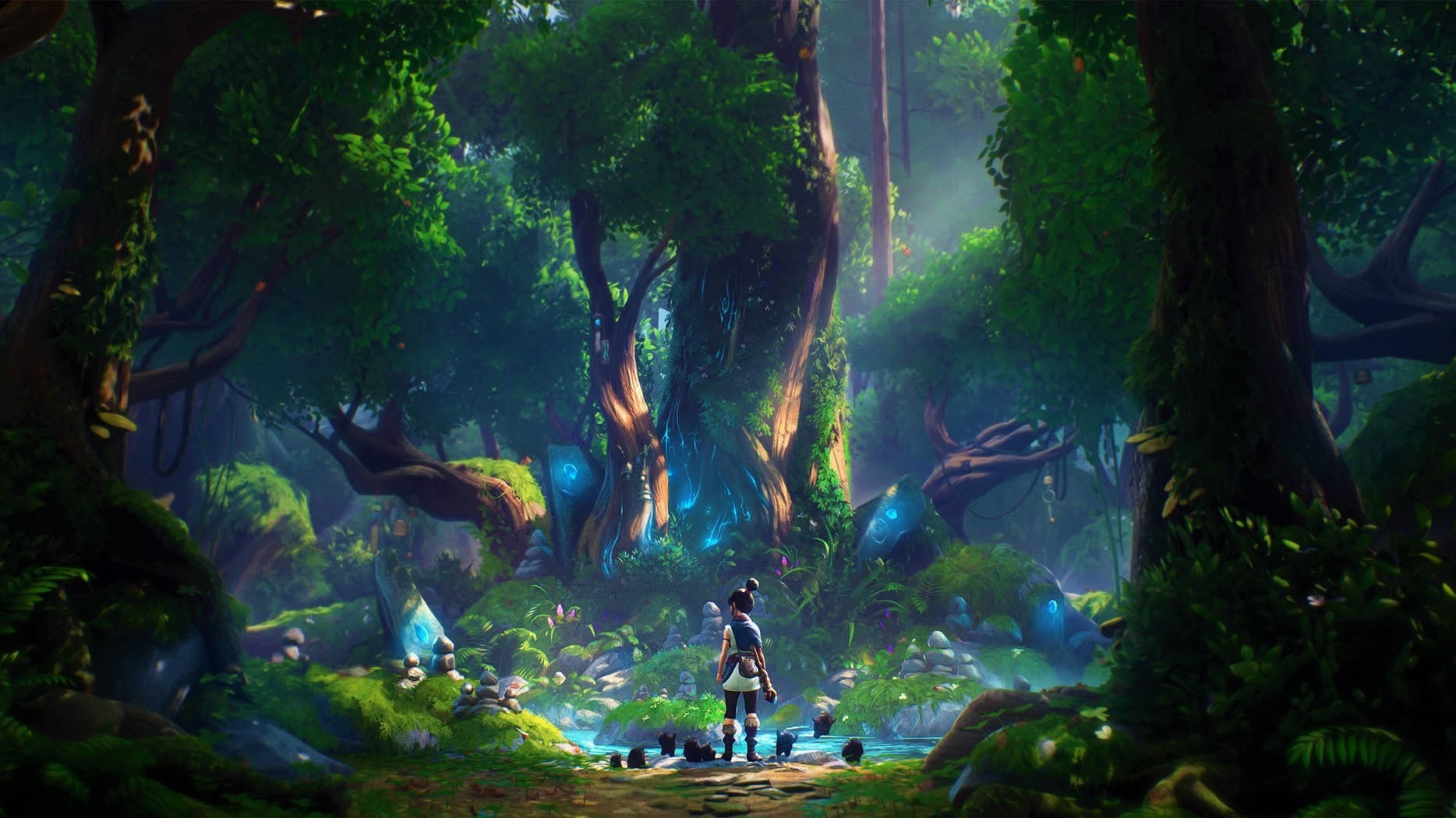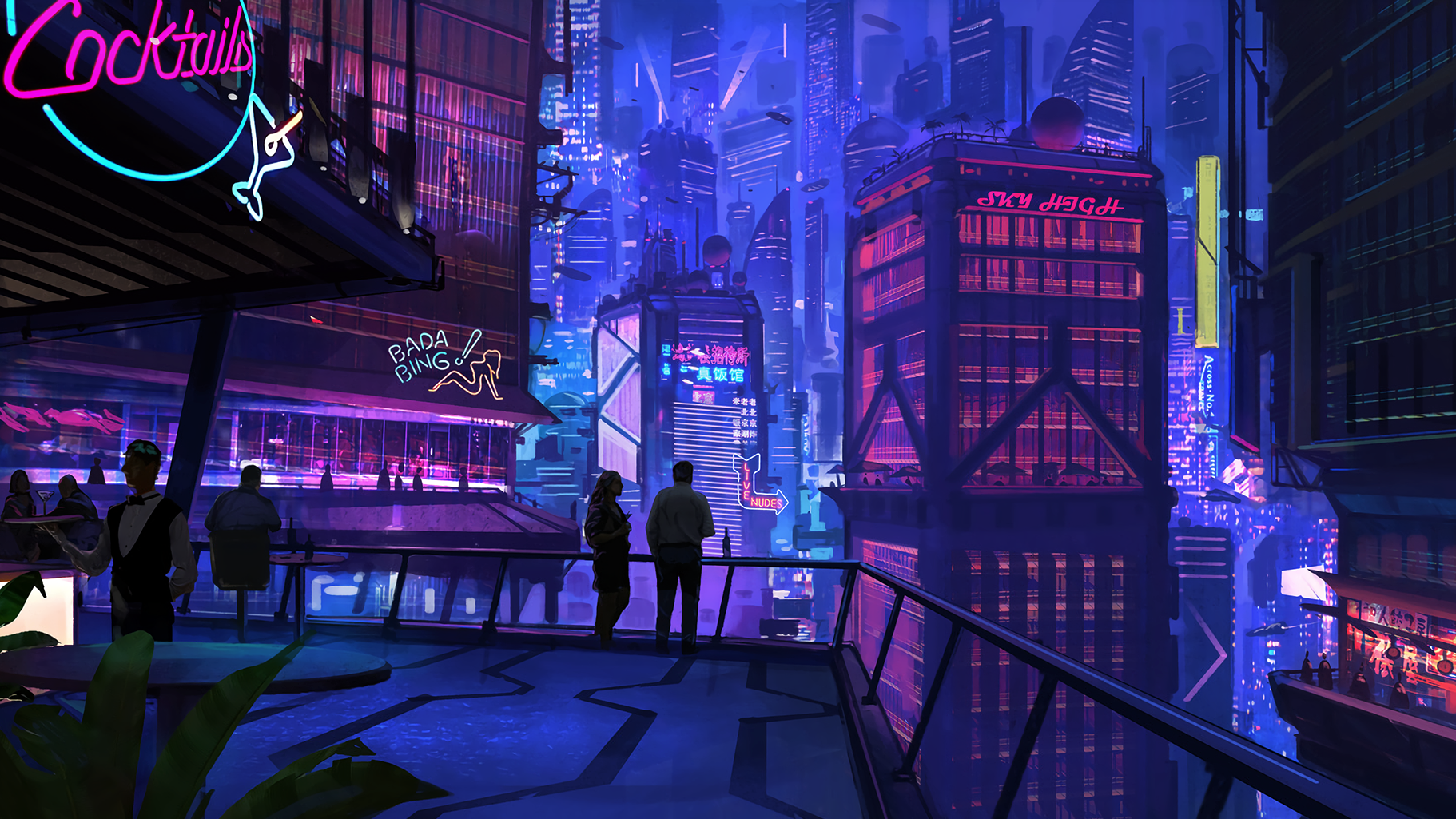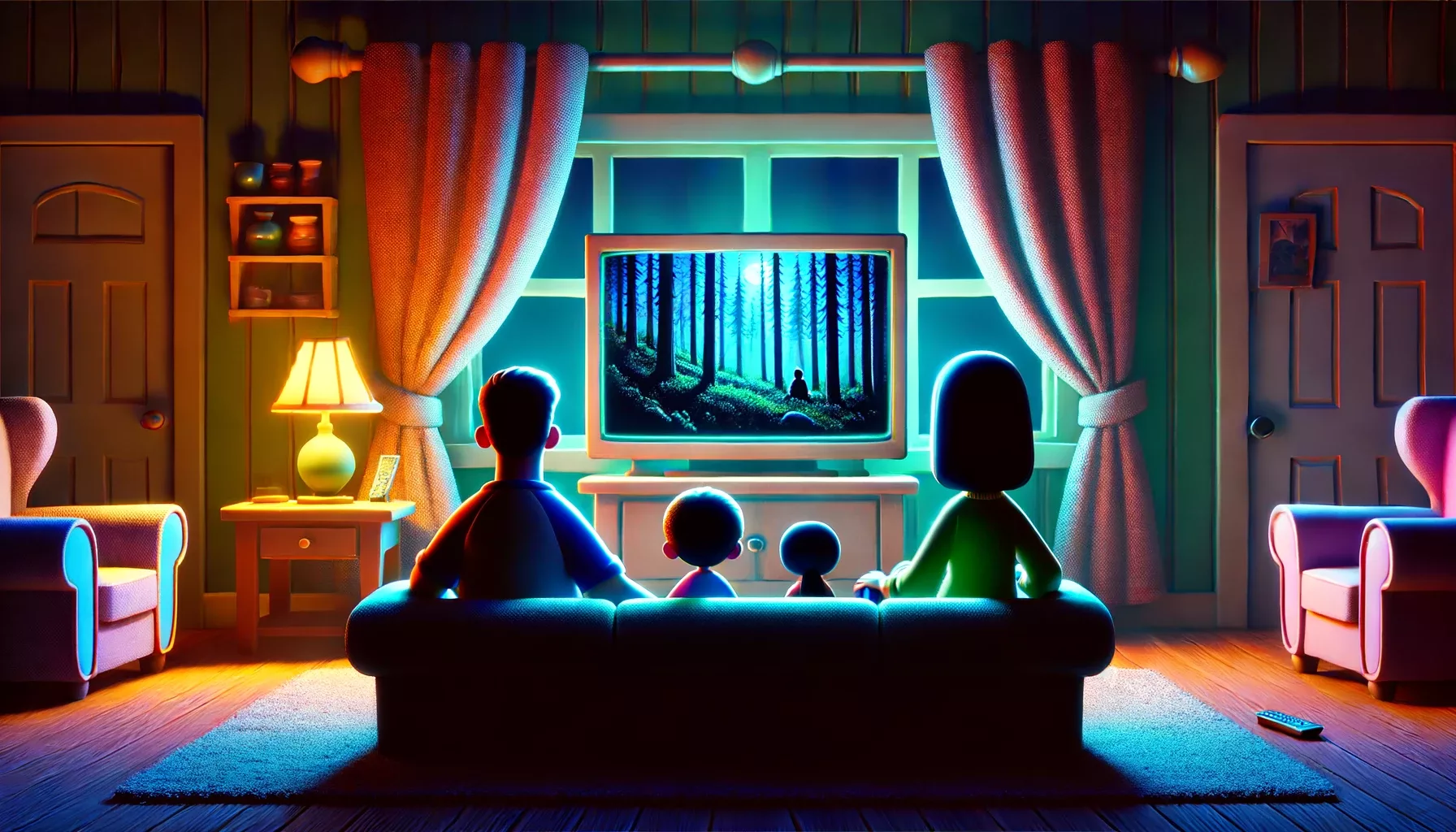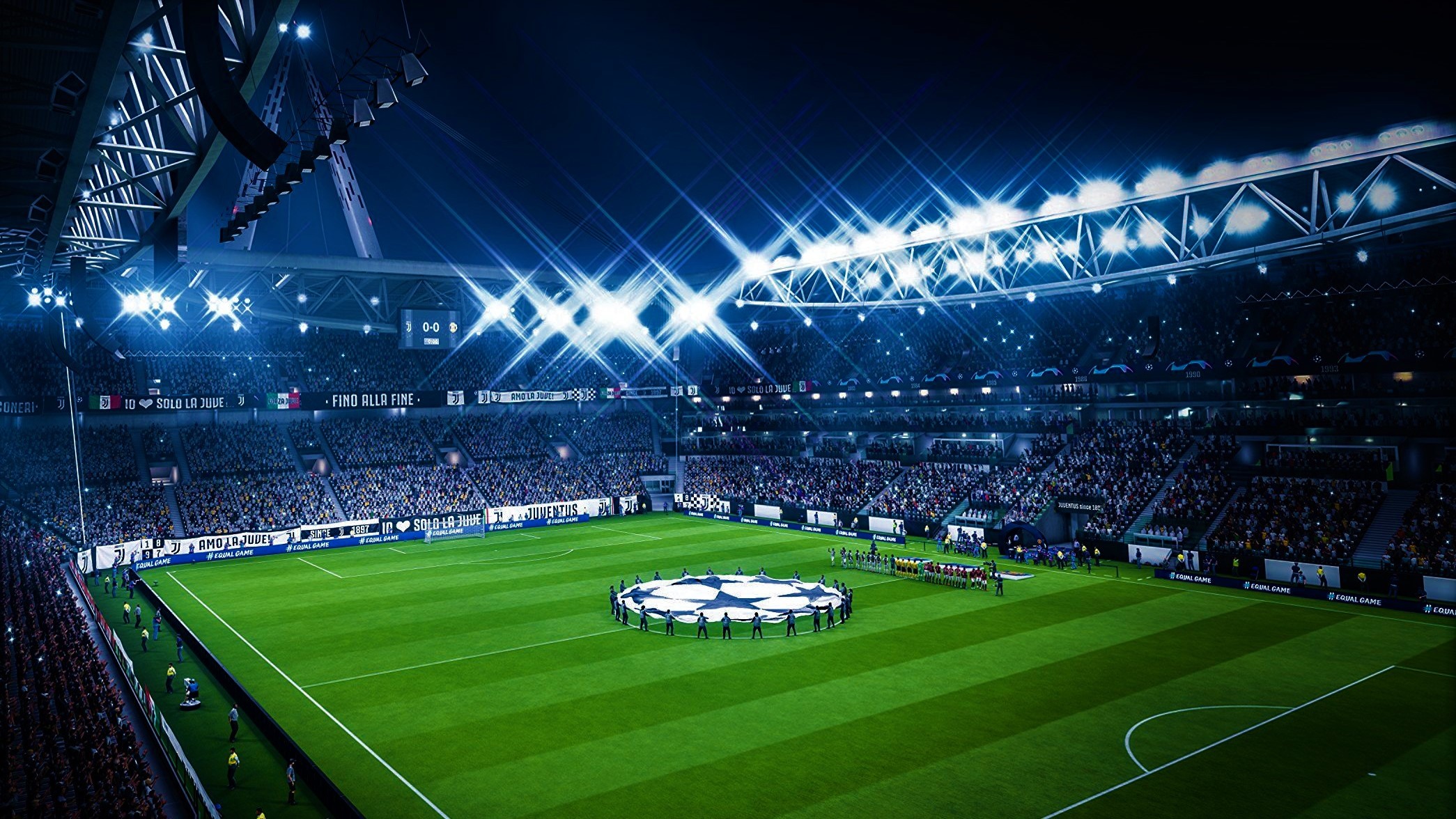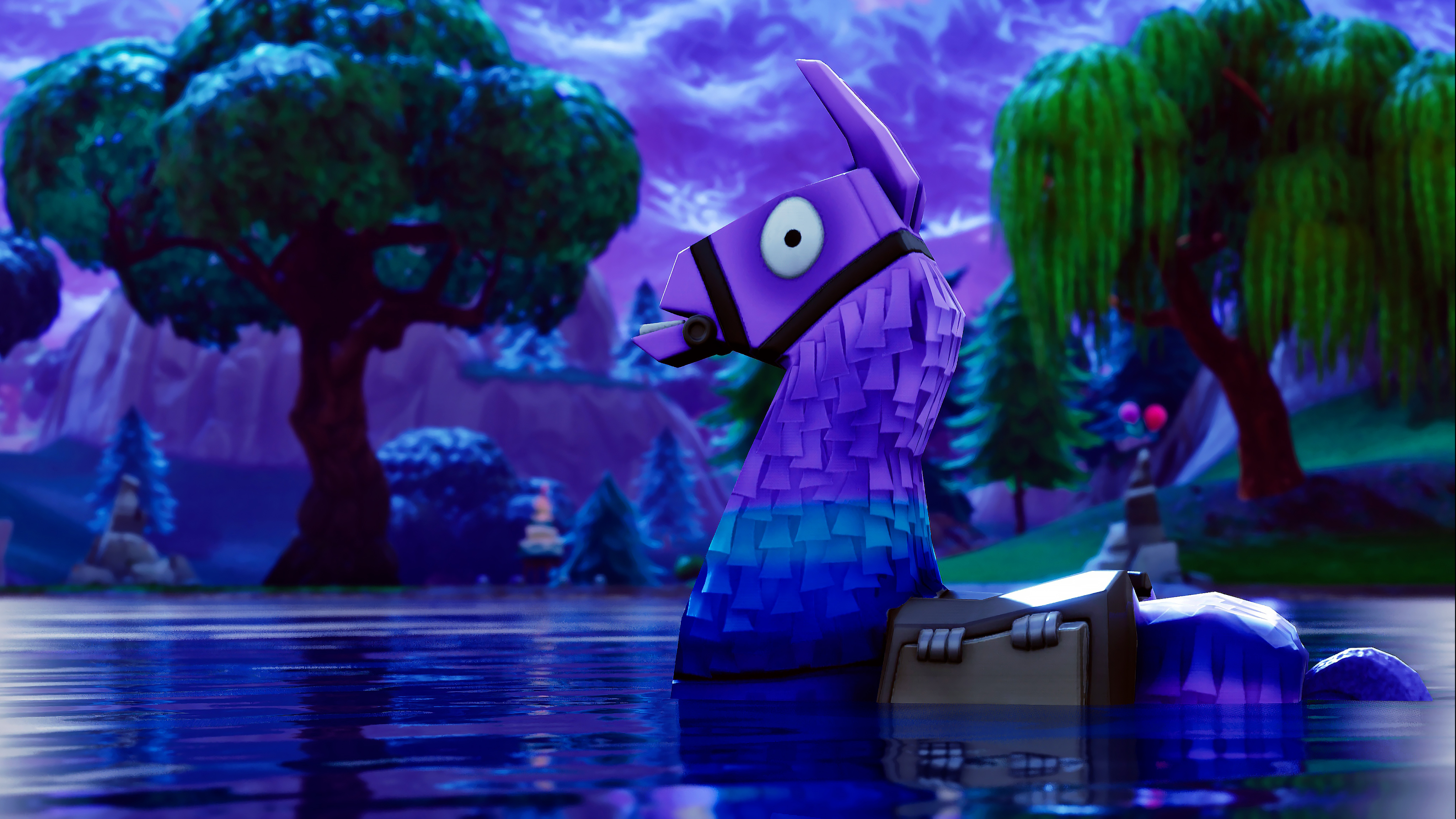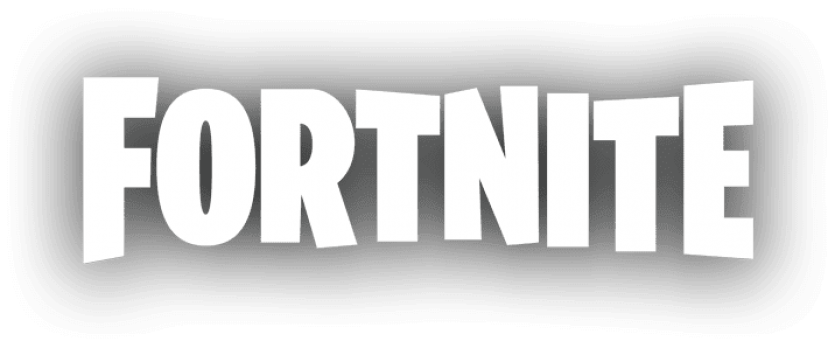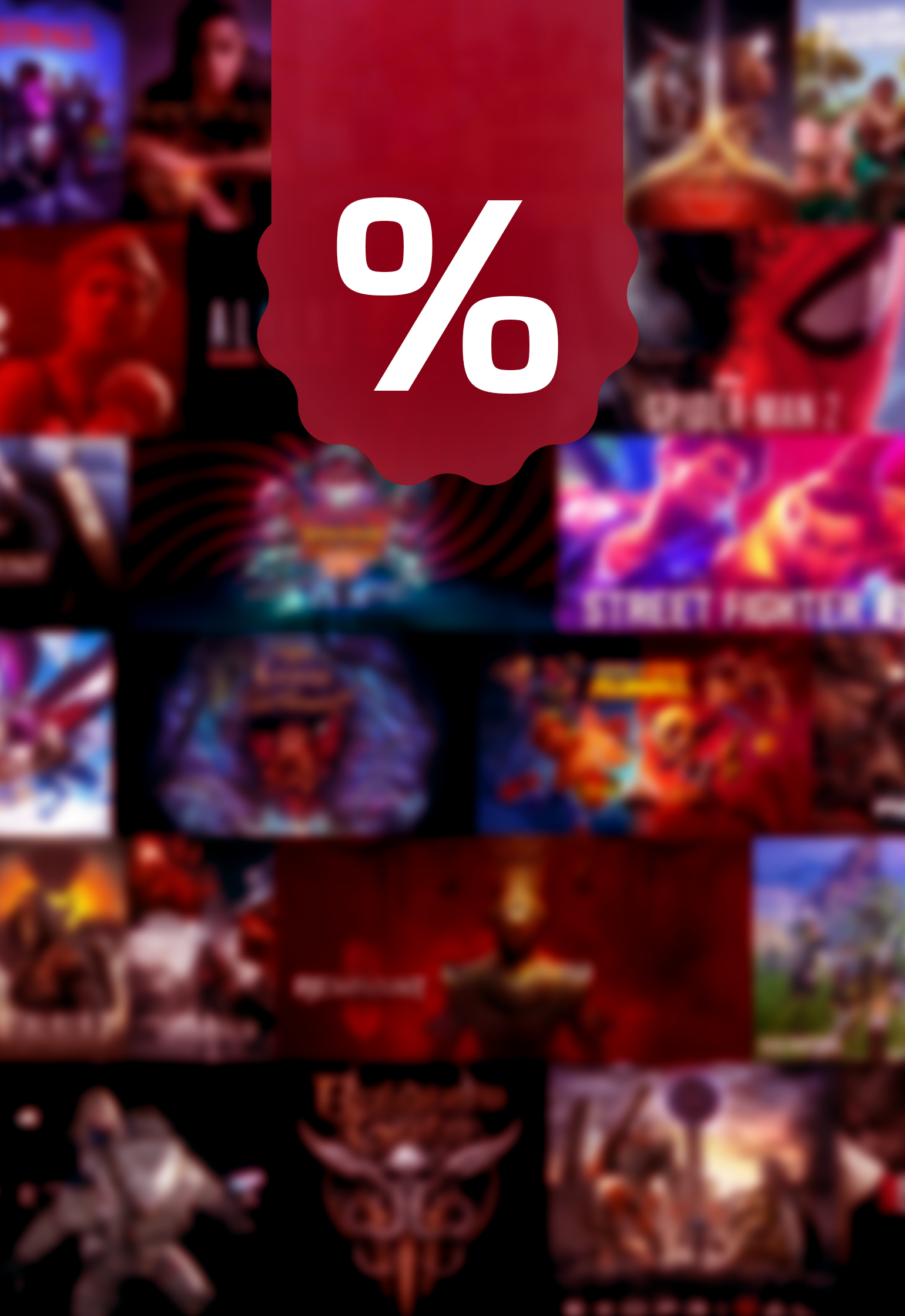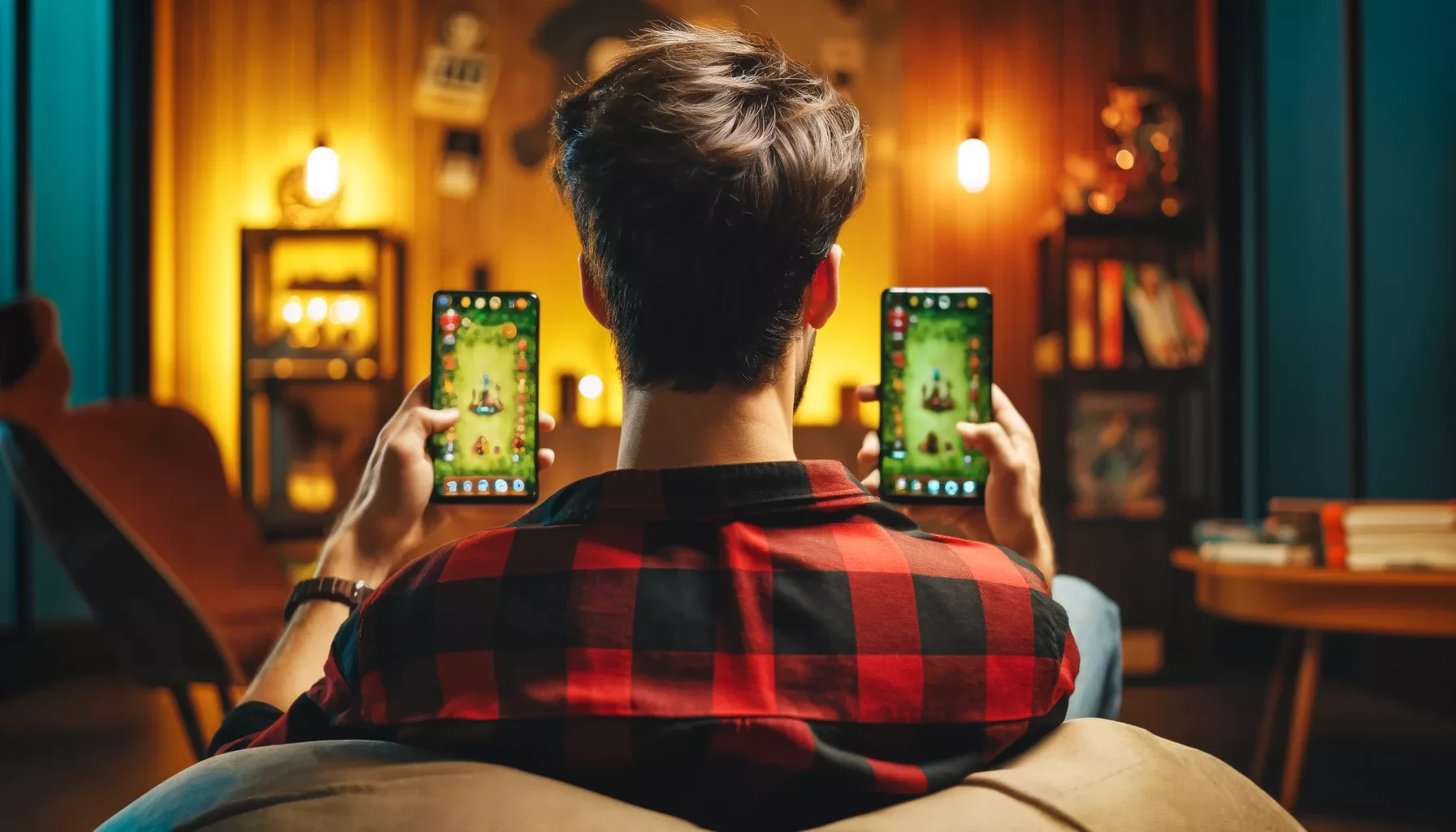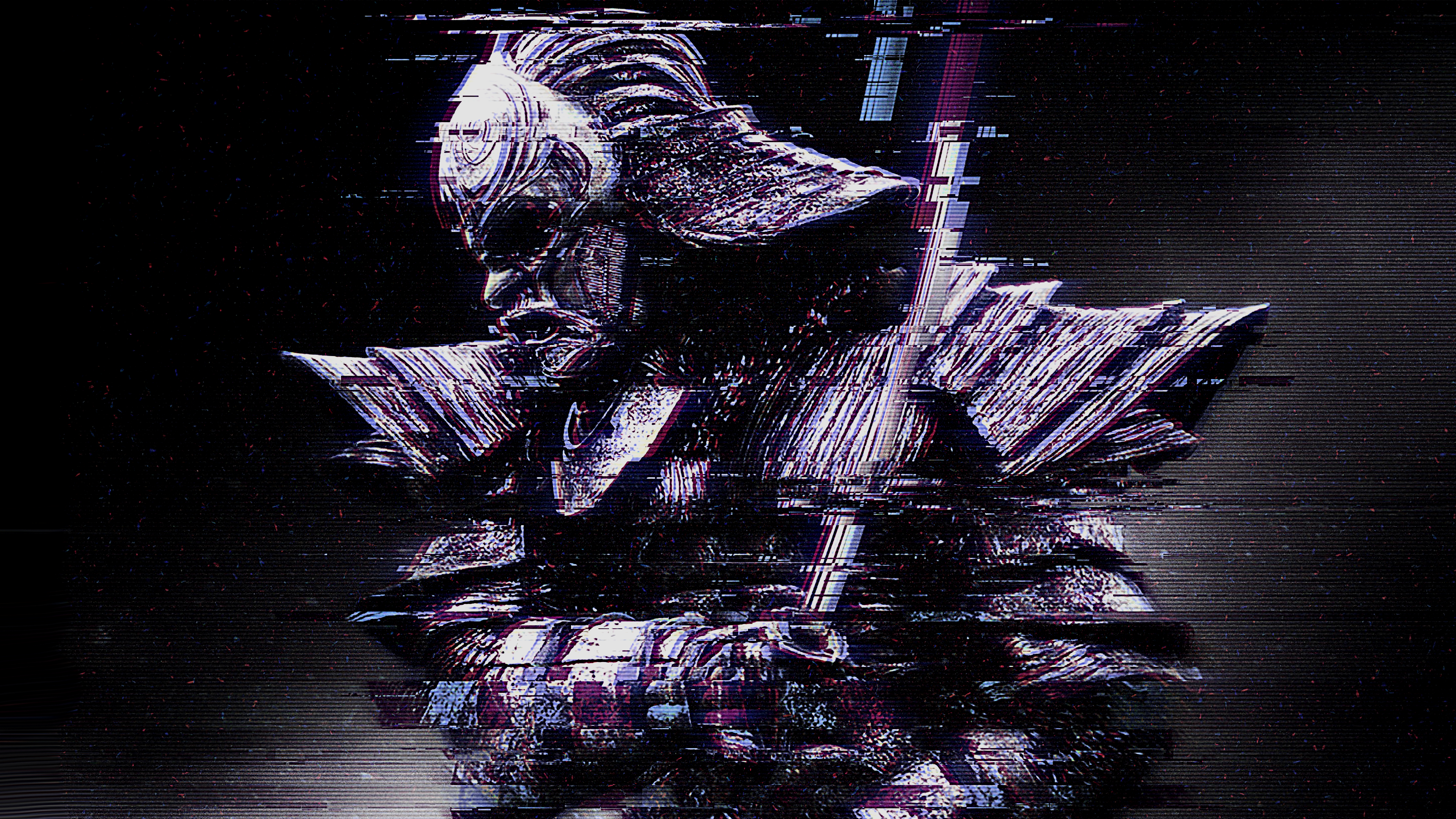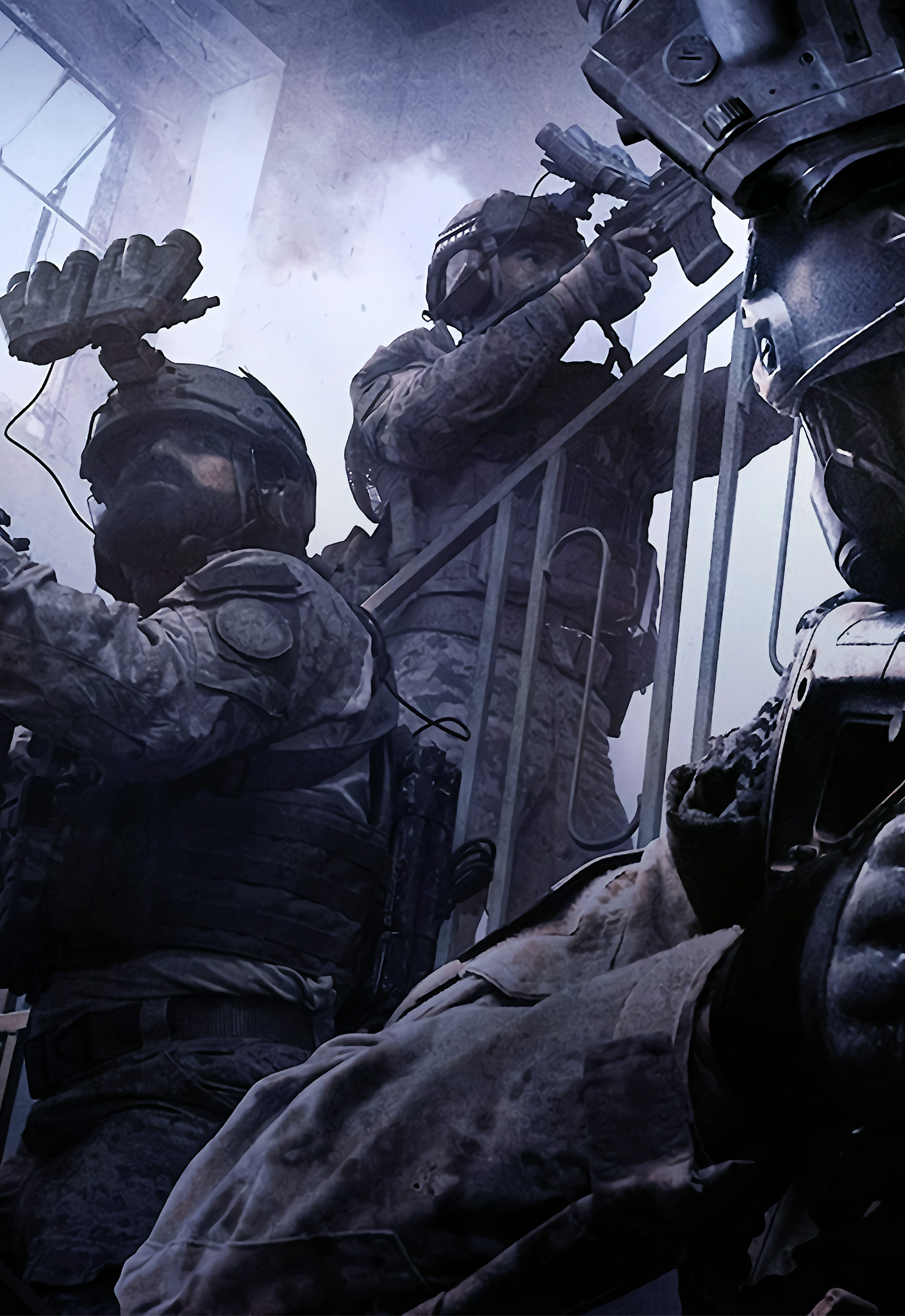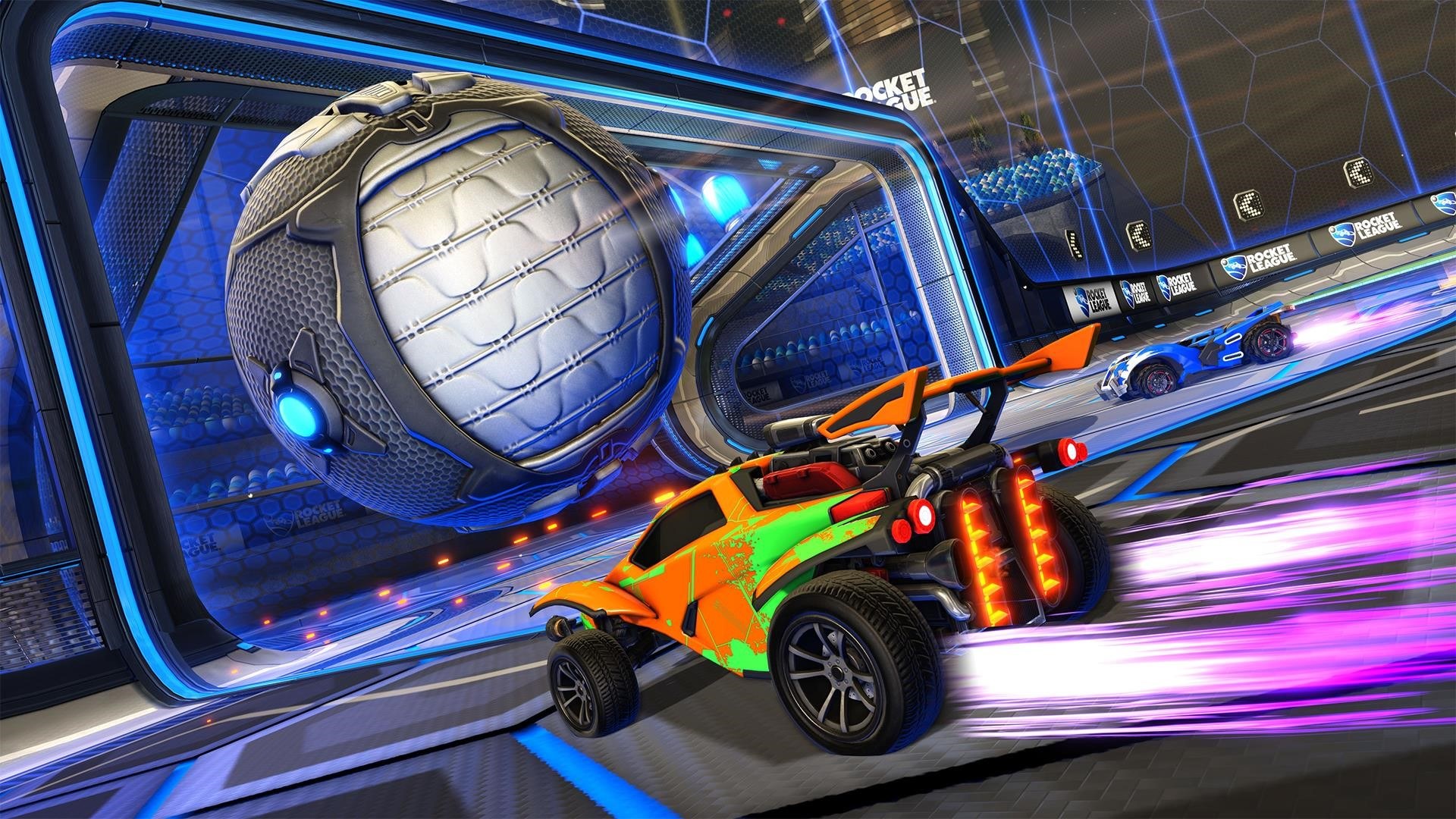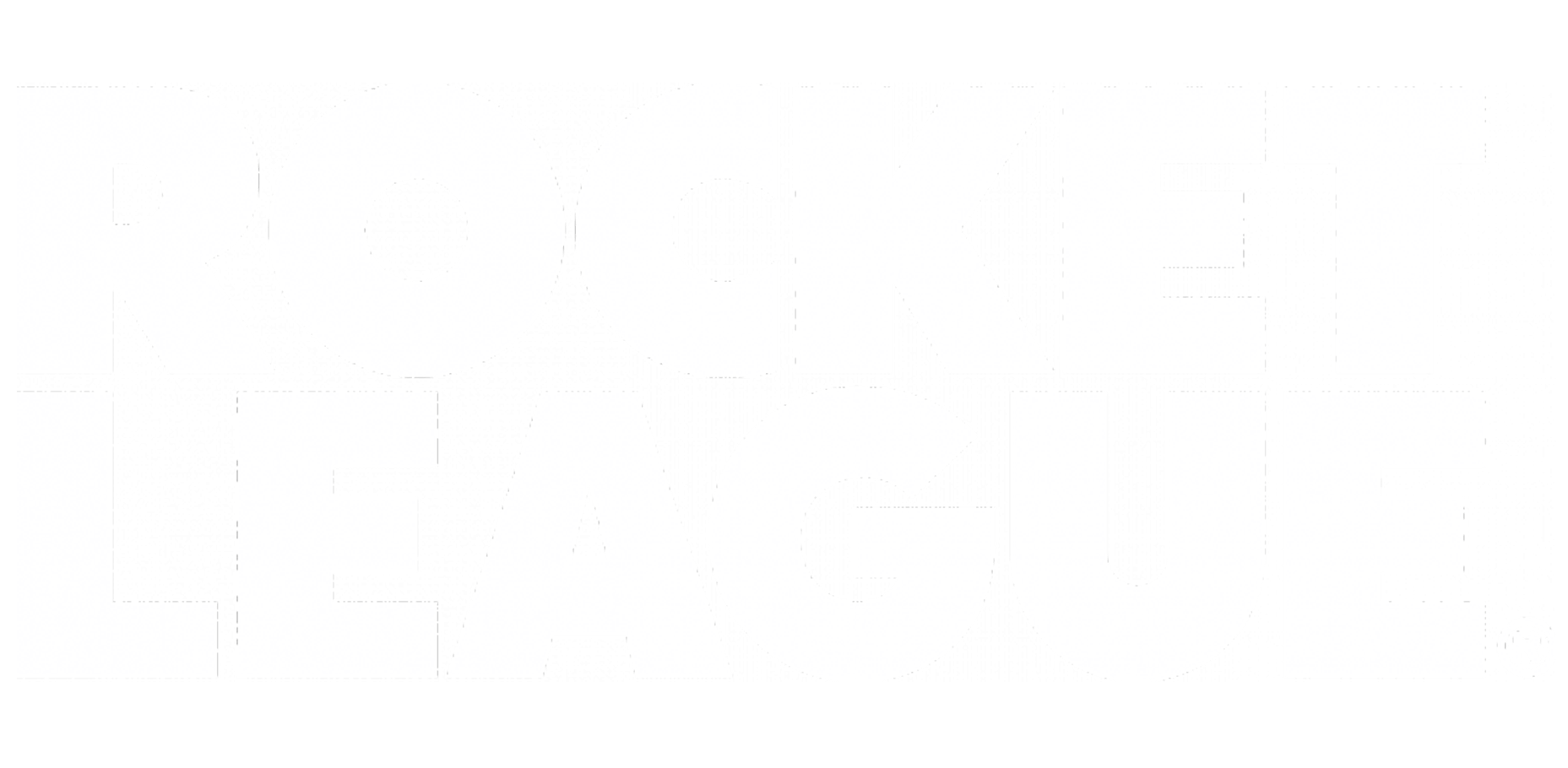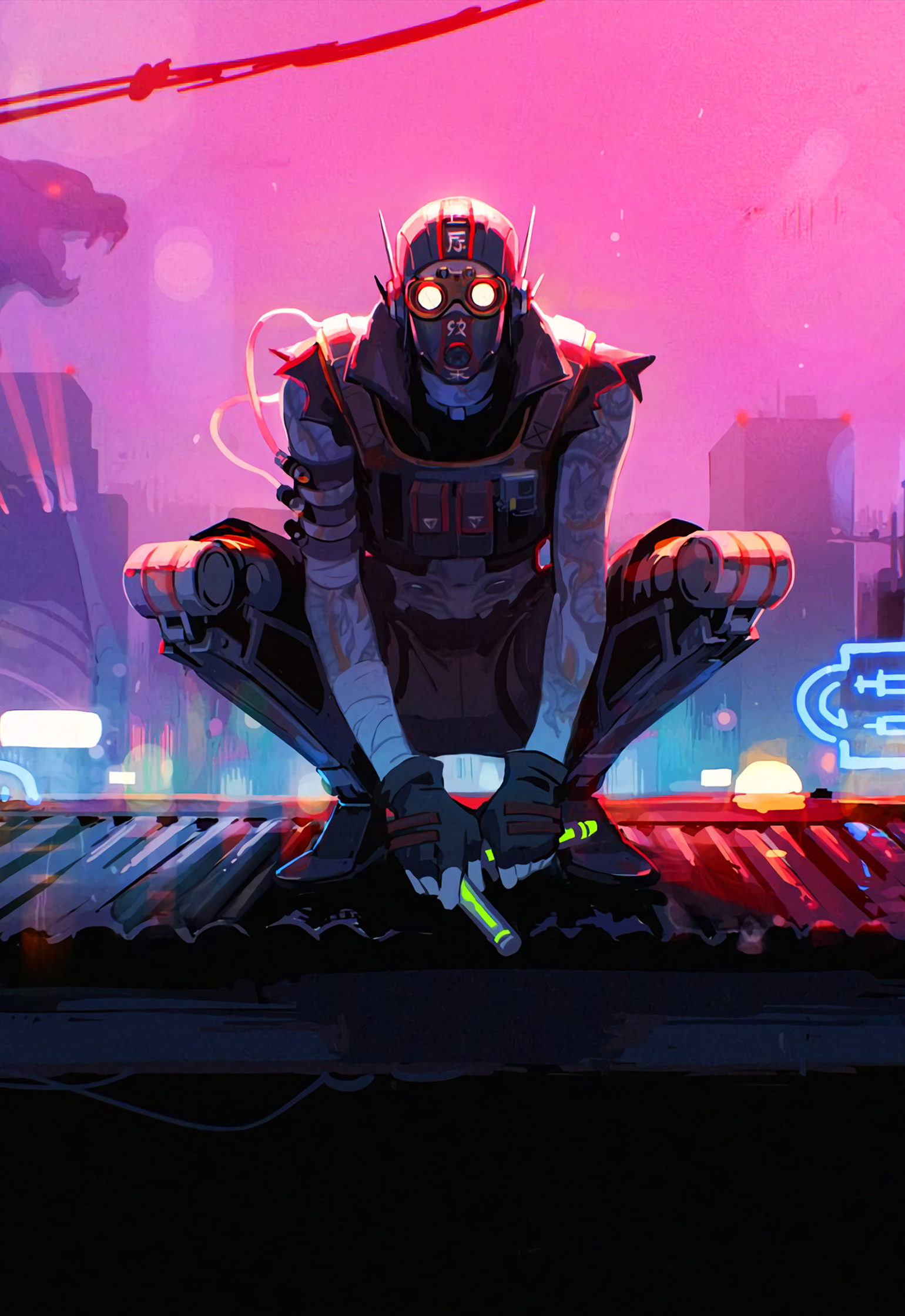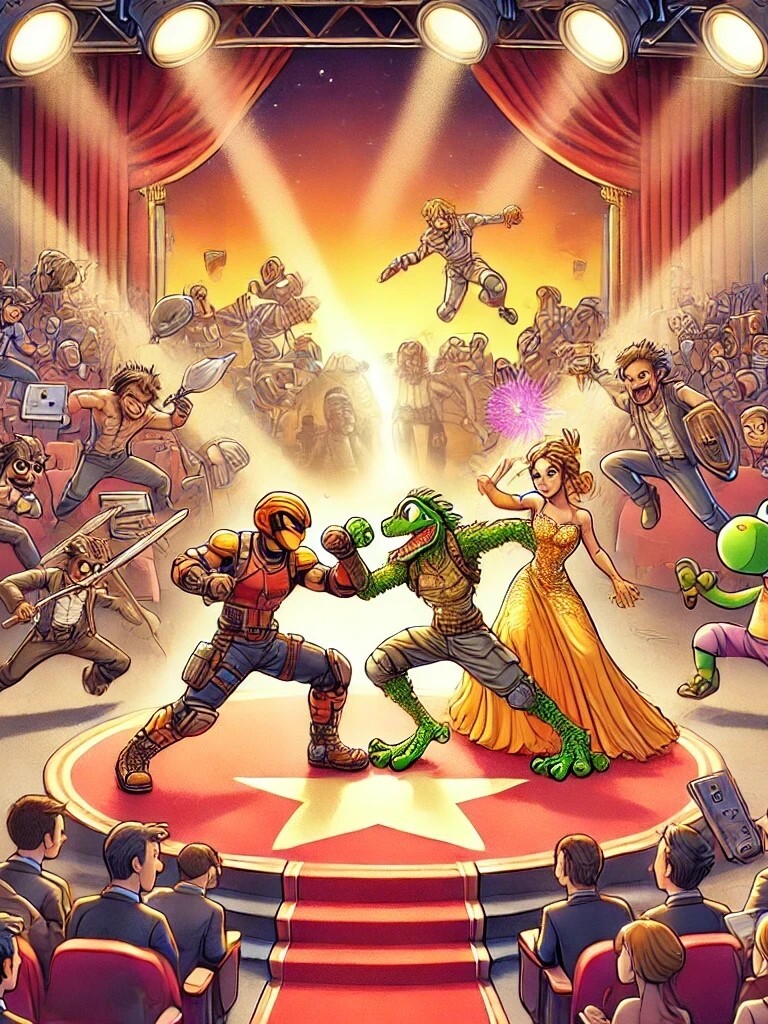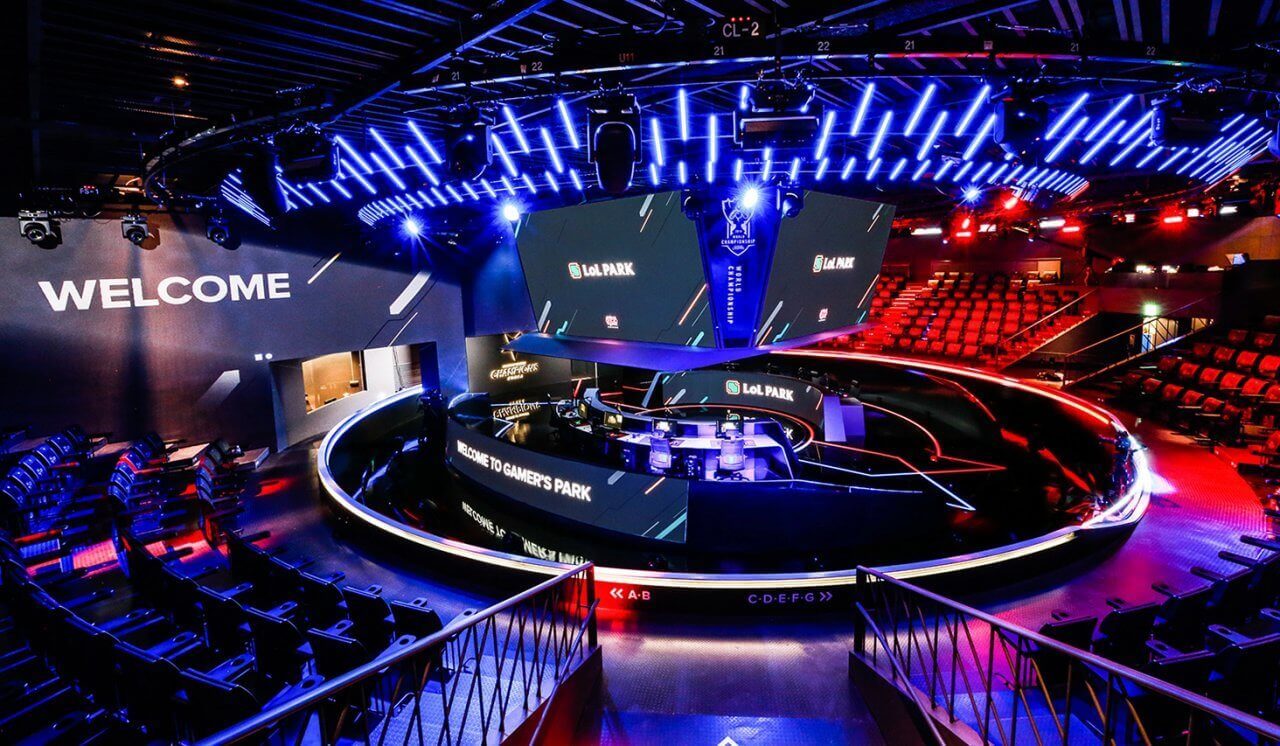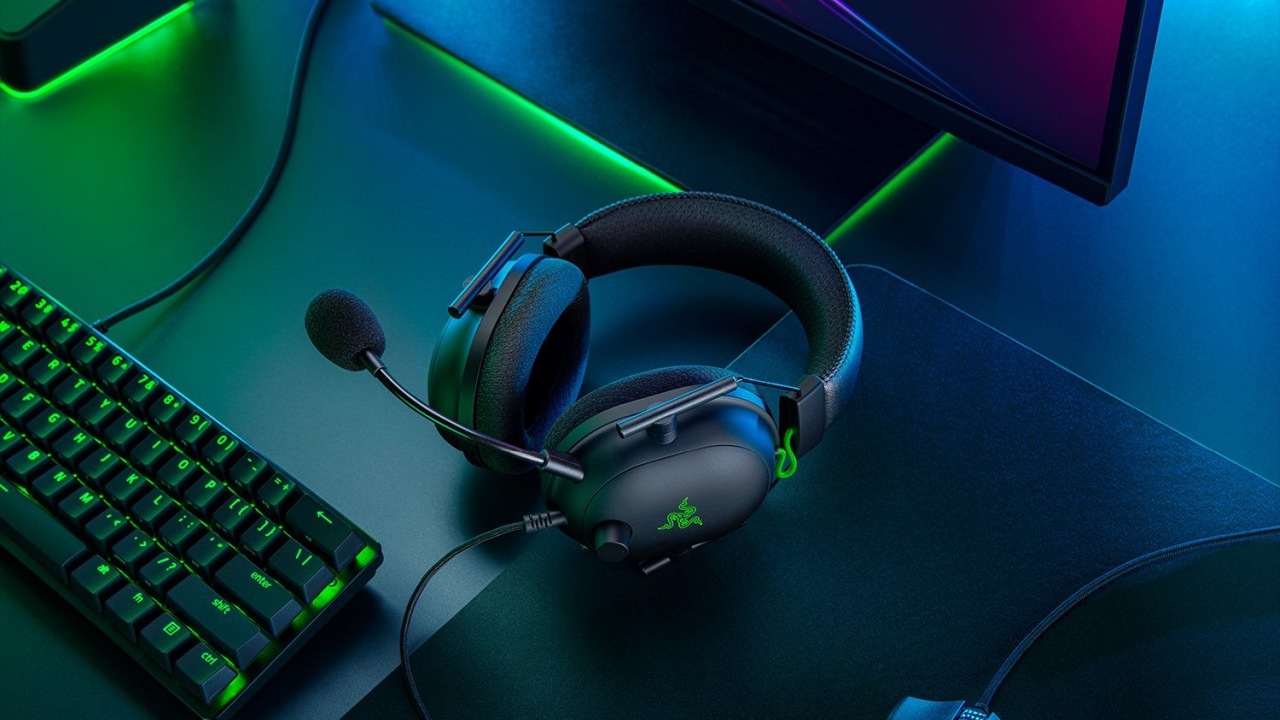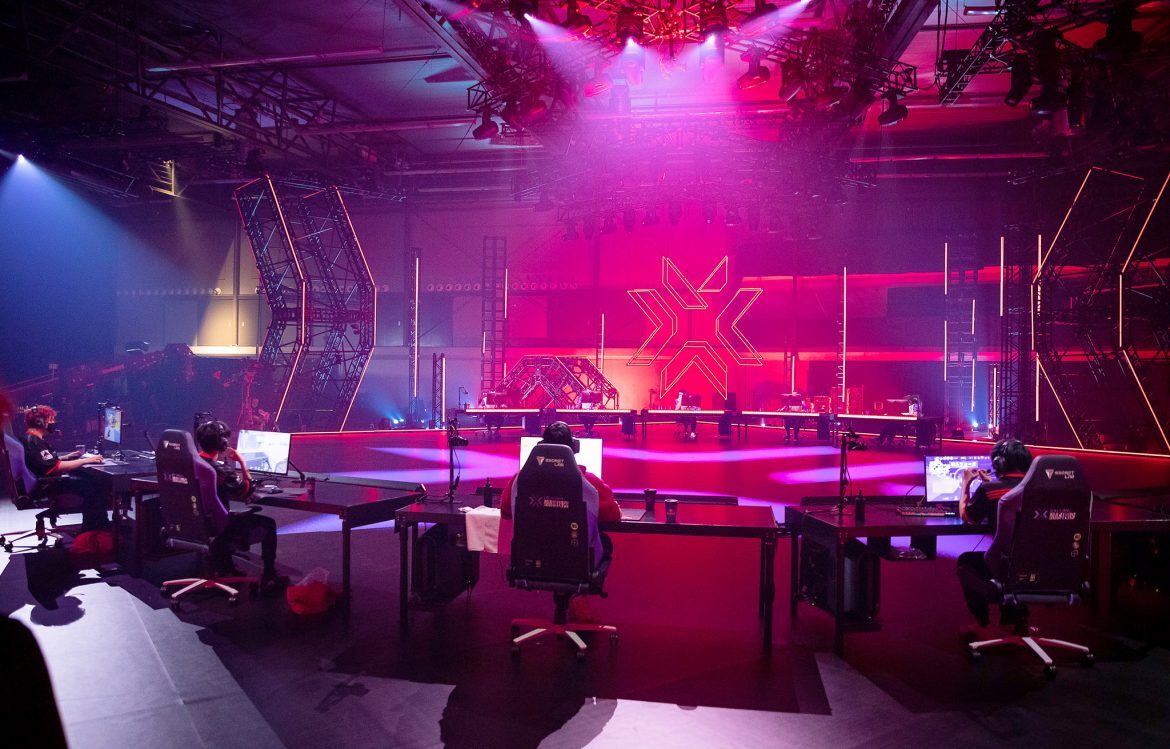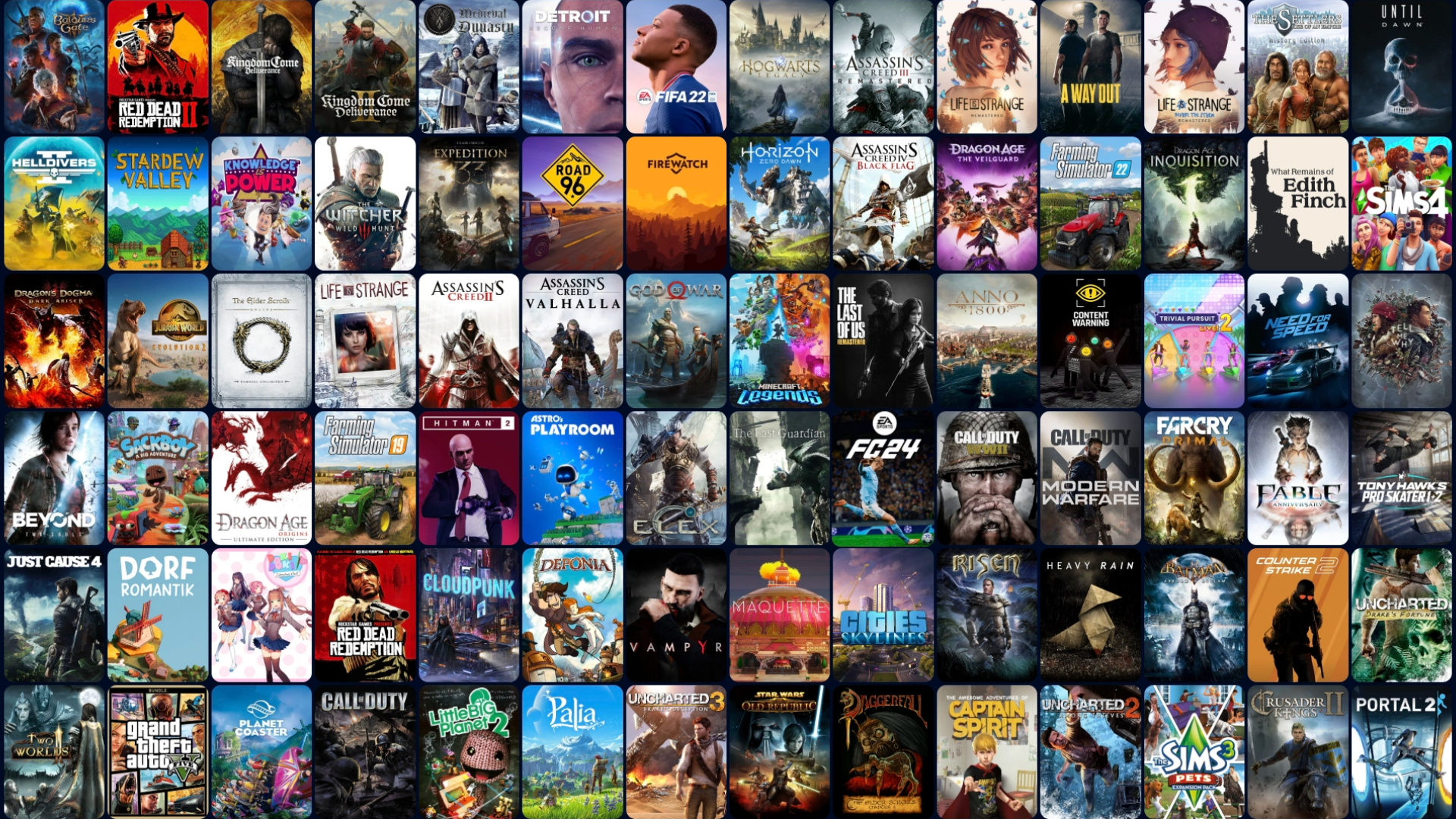Even with a library full of games, motivation can be strangely absent – a phenomenon that has more to do with psychology than with poor taste.
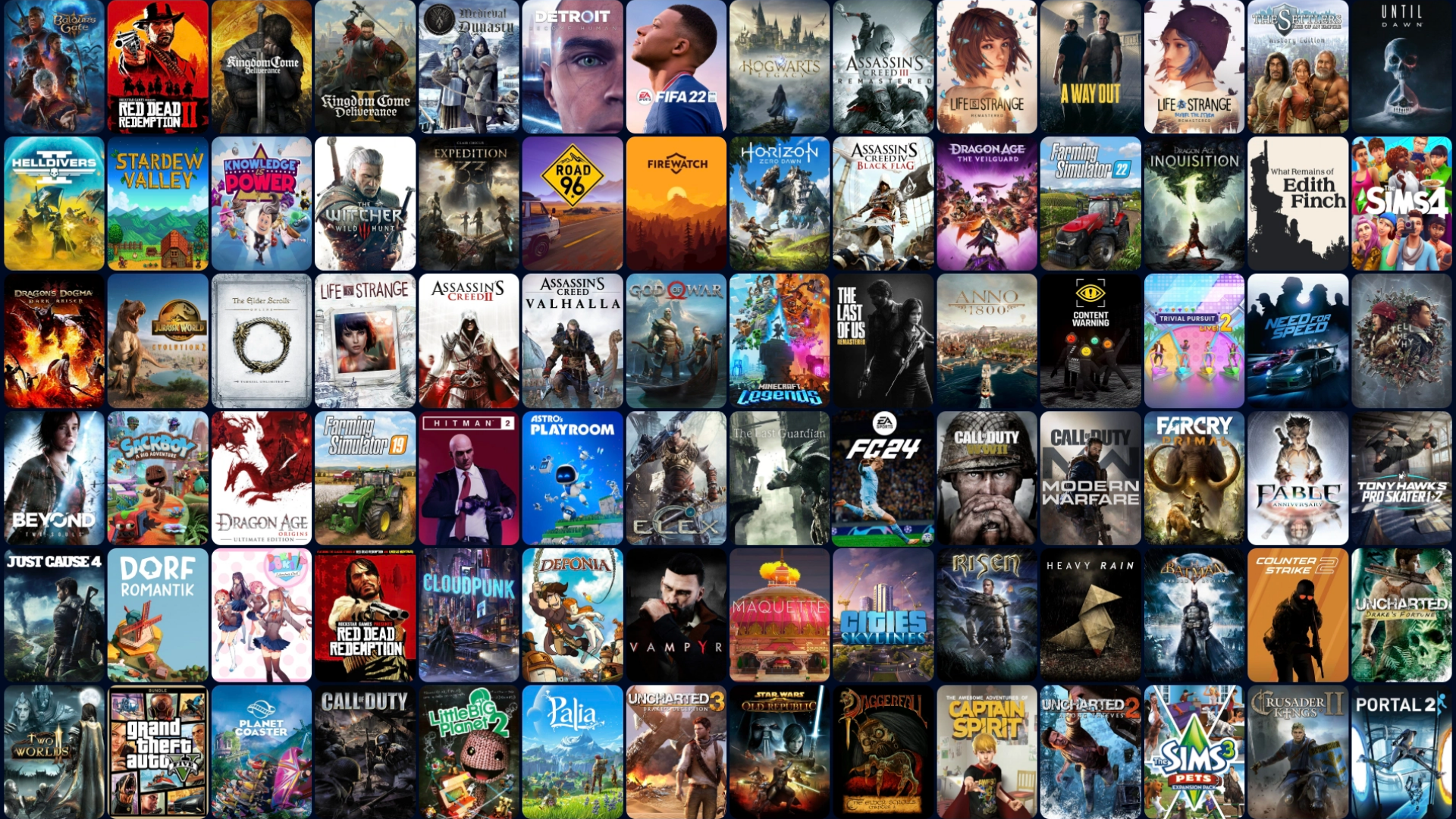
We all know the feeling: another Steam Sale, another handful of games added to the ever-growing library. And yet, we often find ourselves staring at that long list and thinking, "I've got nothing to play." How is that even possible?
I asked a friend of mine who's studying psychology. Her take: our brains are constantly craving novelty. Once we've played a game a few times, the excitement wears off. So we chase the next new title to recapture that buzz. Our reward system lights up – especially when we feel like we got a bargain. Sales only amplify that effect.
It's Not About Playing – It's About Owning
Over time, the game itself stops being the reward. What triggers the brain is the act of buying. The mere idea of owning a new game gives us a dopamine hit. But once it's sitting in our library, that thrill fades. What’s left is a growing list of titles and a vague sense that we really should "get through" them.
Steam and other platforms know this all too well. Discounts create artificial urgency – miss out now, and you're "losing" something. The truth? We're buying games we never even launch. Our libraries become archives of unrealistic intentions.
If you’ve been gaming for a while, you might remember how special it used to feel to buy a game. You’d go to the store, sometimes after weeks or months of anticipation. Maybe you saw a preview in a magazine, maybe you talked about it with friends. Maybe it was a birthday gift. On the ride home, you'd flip through the booklet, admire the cover, reread the back.
Now it’s a matter of seconds. One click, download, done. The barrier is lower – and so is the emotional investment. Many games just vanish into the digital shelf without much excitement at all.
Too Much Choice Makes Choosing Harder
Then there's this: the more options you have, the harder it is to pick one. When you’ve got 200 games ready to play, it’s tough to commit to just one. So you end up in decision paralysis, launch nothing – or go back to a game you already know. There’s psychology behind that too: making choices takes energy. And when there are too many options, it doesn’t create more freedom – it leads to a standstill.
So what can help?
- Only play what you genuinely feel like playing. It's not about efficiency – it's about enjoyment.
- Stop buying new games for a while. A conscious break can help you see your library more clearly.
- Tidy up your collection. Hide the games you realistically won't touch again. Less clutter, less pressure.
- Set small goals: pick one game and commit to playing it for at least an hour. Or decide to finish a full game series.
So Backlog Burnout is not just a personal issue – it’s a structural one. Platforms, discounts, and our own brain chemistry all push us to collect more than we can ever play. You can't eliminate it completely, but you can approach it more mindfully. Maybe today’s the day to launch a game that’s been sitting in your backlog for years, just to remind yourself what it feels like to really play again.
